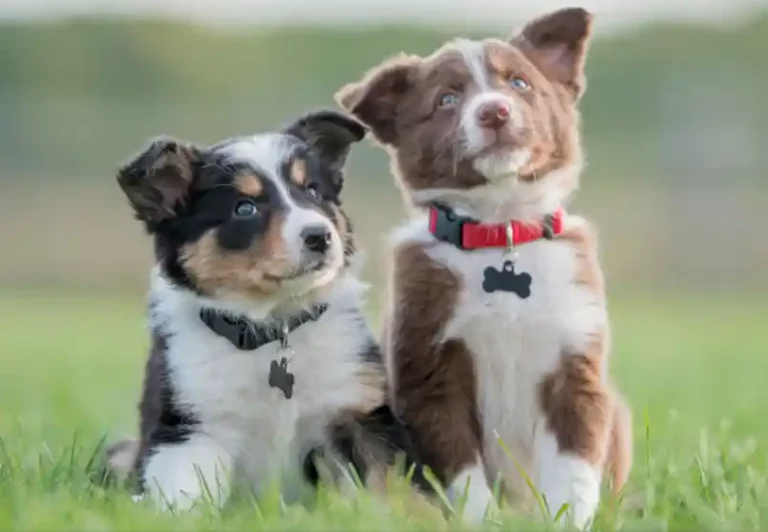Lure Coursing – Hidden facts of competitive sport and speedy dogs
Lure coursing, a motorized lure made of plastic strips, travels 500-700 yards along a fenced track at speeds up to 40 mph. Your dog races after the lure, propelled by their desire to capture this ‘prey.’ With their athleticism on full display, dogs can reach top speeds of 30+ mph during a coursing run.
Some dogs have a low prey drive, and high-energy canines with a strong prey drive need outlets to satisfy this instinct. One exciting activity that allows dogs to chase prey safely is the fast-paced sport of lure coursing.
This heart-pumping sport provides dogs with a stimulating way to expend energy and indulge their prey drive. Lure coursing events are held nationwide by clubs like the American Sighthound Field Association (ASFA). Any agile dog over 1 year old can participate.
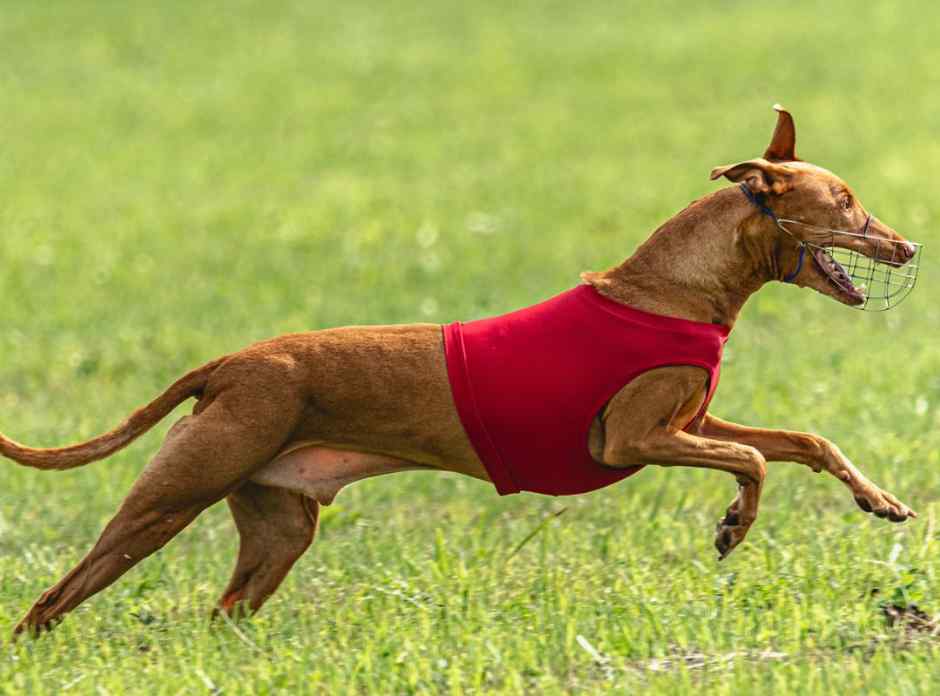
So, if your energetic canine loves the thrilling chase, lure coursing may be the perfect activity to keep them happily engaged. Let them sprint to their heart’s content after that ‘prey’!
Table of Contents
- Definition of Lure Coursing
- Sighthounds: Built for the Chase in Lure Coursing
- Breeds Built for Speed and Agility in the Chase
- Earning Lure Coursing Titles: A Progression of Skills and Competition
- Locating Lure Coursing for Fun with Your Dog
- Top Lure Coursing Clubs and Competitions
- AKC, ASFA, and CKC: The Main Lure Coursing Clubs in North America
- Attending Your First Lure Coursing Event: What to Bring
- Get Your Dog Coursing-Ready: Proper Training is a Must
- Getting Started in Lure Coursing with Your Dog
- Mind Your Manners: Lure Coursing Etiquette Tips
- Lure Coursing Events Are Best Suited for Adults
- Expect Full Days and All Weather at Lure Coursing Trials
- Handling Your Dog and Prioritizing Safety at Lure Coursing Events
- Training Your Dog for Exciting Lure Coursing Fun
- Preventing Injuries for Safe Lure Coursing Fun
- Conclusion
Definition of Lure Coursing
Lure coursing allows dogs to tap into their innate prey drive and chase an artificial lure across an open field in a safe, controlled environment. The lure, made of plastic strips or faux fur, zigzags 600+ yards as dogs sprint after it at speeds over 30 mph while making agile turns to follow its pattern.
This heart-pumping sport provides high-energy dogs a stimulating outlet to expend energy and indulge their desire to chase prey. Lure coursing events held by organizations like the American Sighthound Field Association (ASFA) allow any agile dog over 1 year old to participate.
Dogs with a strong prey drive to thrive on the thrill of the chase in lure coursing. The sport also builds their speed, agility, and focus and provides socialization.
Humans have engaged dogs in lure coursing for thousands of years. Ancient Egyptian writings from 4000 years ago depict early forms of dogs chasing lures for sport.
Breeds like Greyhounds, Salukis, and Whippets are purpose-bred to chase prey and excel at lure coursing today. The sport began in the 1970s when Lyle Gillette developed a portable pulley system for dogs to chase a plastic or faux fur lure across a controlled field.
So, if your energetic canine loves the exhilarating chase, lure coursing is the perfect activity to engage their instincts in a fun, rewarding way.
Sighthounds: Built for the Chase in Lure Coursing
Not every dog is well-suited for lure coursing. The sport favors breeds with keen eyesight, lightning speed, and instinct to chase prey – traits found in sighthounds.
Scent hounds, who rely on their nose to follow trails, lack the hunting style and agility for lure coursing. Sighthounds, however, are purpose-bred for visually pursuing prey at fast speeds. Their sleek builds, flexible spines, and long legs make them adept runners and turners up to 40 mph during sprints.
Some top sighthound breeds for lure coursing include:
- Greyhounds – Greyhounds are the fastest dogs, capable of hitting speeds over 40 mph during short bursts. Their aerodynamic shape and flexible torsos allow swift, agile turns.
- Salukis – One of the oldest sighthound breeds, the Saluki has superior stamina to run long distances tirelessly. Their muscles efficiently conserve energy between sprints.
- Whippets – Quick and energetic with excellent acceleration. They are medium-sized sighthounds able to turn and change pace with ease tightly.
- Afghan Hounds – Elegant, independent thinkers with great agility and endurance for lengthy courses, and their flowing coats and foot speed suit them for rugged terrain.
So sighthounds have the ideal speed, eyesight, instinct, and agility to excel at lure coursing’s fast-paced, stimulating chase. They are built to respond to sight and motion in ways that make them the ultimate coursing dog.
Breeds Built for Speed and Agility in the Chase
Sighthounds are breeds of dogs purpose-built to hunt using their keen eyesight and lightning speed. They have lean, aerodynamic bodies optimized for agile running and rapid acceleration. Once they spot prey, sighthounds can take off after it in a blur.
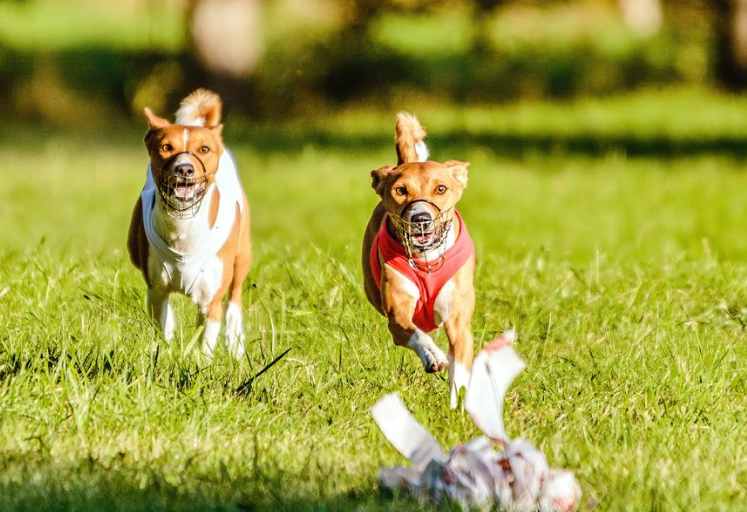
Some sighthound breeds, like the Greyhound, can hit speeds over 40 miles per hour in short bursts during the chase. Their flexible torsos and long, powerful legs make them adept at swiftly changing directions.
Other common sighthound breeds include:
- Whippets – Medium-sized sprinters clocking speeds up to 35 mph. Excel at quick starts/stops.
- Salukis – One of the oldest breeds, revered for superior stamina over long distances.
- Irish Wolfhounds – Towering in height yet nimble. Excels at speed, power, and endurance.
- Borzois – Elegant Russian hounds with flowing coats designed for traversing rugged terrain.
- Ibizan Hounds – Lean and athletic. Excels at agility, jumping, and sudden turns while sprinting.
Not all major kennel clubs recognize every sighthound breed. For example, the Kanni and Mudhol Hound lack recognition from clubs like the AKC. This impacts their eligibility for certain coursing and racing events.
But overall, sighthounds have the ideal speed, vision, instinct, and agility to pursue prey. Their physical and mental traits make them the ultimate dogs built for the exhilarating chase.
Earning Lure Coursing Titles: A Progression of Skills and Competition
Lure coursing organizations like the American Kennel Club (AKC) offer titles dogs can earn by progressing through various competition levels. This structured system allows dogs to develop coursing skills and achieve credentials as they advance.
The entry-level Junior Courser (JC) title requires completing a 600-yard test course at a single event. Judges evaluate a dog’s solo runs for enthusiasm, speed, and ability to complete the course without interruption.
The next level, Qualified Courser (QC), adds the challenge of running with another dog of a similar breed and style. The dog must demonstrate the focus and skill to run cleanly without interfering with their partner.
In the Senior Courser (SC) level, the dog must compete in 4 sanctioned trials and earn qualifying scores from at least 3 judges. This tests their consistency across various events, judges, and courses.
The top title of Master Courser (MC) proves a dog’s veteran coursing prowess. First, they must earn the SC title. Then, they must accumulate 25 additional qualifying scores at trials with Open, Veteran, or Special stake competition.
Earning these progressively challenging lure-coursing titles provides external validation of a dog’s coursing skills. They also allow dogs to advance from novice to champion level as they gain experience, technique, and competitive success.
To reach the pinnacle of lure coursing, dogs must demonstrate elite racing skills and consistent competition success.
The Field Champion (FC) title from the AKC requires 15 total championship points, including two “majors” – 1st place wins of at least 3 points. The majors must be under different judges, and one major must defeat another dog of the same breed.
The prestigious Dual Champion (DC) title is earned by a dog that adds a Conformation Champion (CH) title to its Field Champion status. This proves excellence in both racing ability and breed standards.
The American Sighthound Field Association’s (ASFA) Field Champion (FCH) demands 100 points, including two 1st or 2nd and one 1st place.
Its top title, the Lure Courser of Merit (LCM), requires accumulating 300 points and four 1st place finishes. Dogs can earn subsequent LCM titles through further competition.
The ASFA also offers Veteran, single-stake, and Best-of-breed titles for eligible dogs at sanctioned events.
Achieving these high-level coursing titles demonstrates a dog’s versatility, speed, endurance, and competitive spirit – the marks of a true lure coursing champion.
Locating Lure Coursing for Fun with Your Dog
The best way to find recreational lure coursing opportunities for your dog is through local clubs organized by sports enthusiasts. These recreational groups often do not have the breed restrictions of larger sanctioned clubs, opening up coursing for all dogs to enjoy.
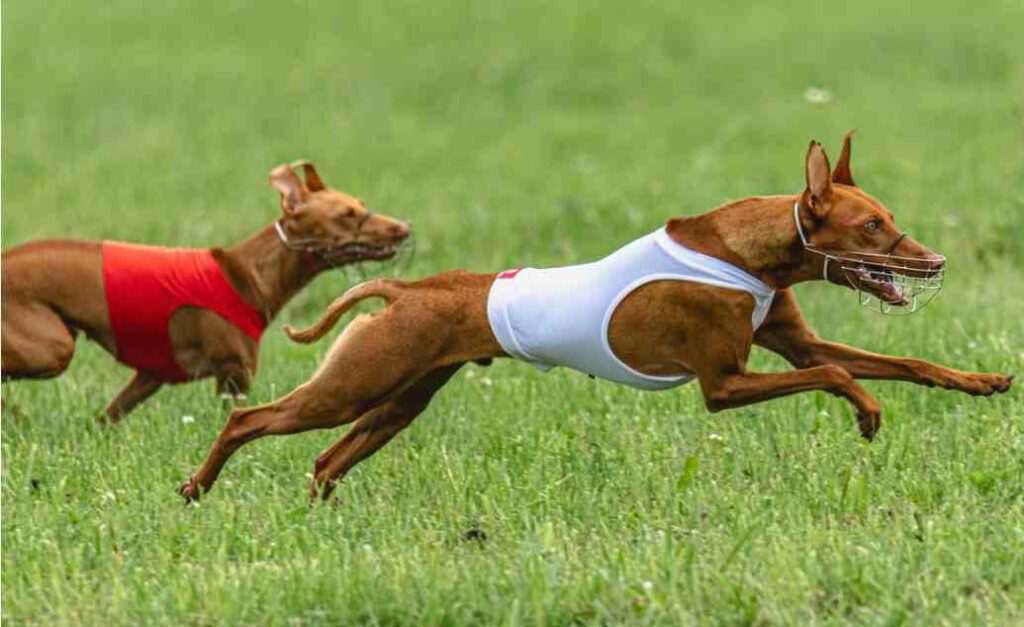
Local lure coursing clubs will run courses for 2-3 dogs at a time, providing each dog their plastic strip lure to chase after excitedly. Using multiple lures reduces competition between dogs, keeping the focus on fun.
The courses are typically 600-800 yards long across open fields or parks. Dogs over 12 months old can participate if they are healthy and fit. Some clubs may require muzzles, but often are not mandatory.
Connecting with these local recreational lure-coursing groups provides a welcoming, low-pressure way to introduce your energetic dog to the thrilling sport. Their events offer the exhilaration of the chase without the rigor of professional competitions.
Seeking out these clubs is the perfect starting point to get your speed-loving pup safely chasing lures to their heart’s content!
Some additional details about major lure coursing clubs and organizations:
Top Lure Coursing Clubs and Competitions
Several major clubs and organizations host sanctioned lure coursing events and competitions across the globe:
- American Kennel Club (AKC) – Hosts lure coursing trials and titles in the USA. Dogs must be AKC-registered purebreds to compete.
- American Sighthound Field Association (ASFA) – The largest lure coursing organization in the world, hosting events across the USA and Canada. Open to purebred sighthounds.
- Federation Cynologique Internationale (FCI) – The international federation that oversees lure coursing events for sighthounds in over 80 countries worldwide.
- Canadian Kennel Club (CKC) – Sanctions lure coursing competitions and titles across Canada. Dogs must be CKC registered purebreds.
- The Saluki Club of America (SCOA) – U.S. club focused on lure coursing events for Salukis. Dogs must have verified Saluki’s pedigree.
- National Greyhound Association (NGA) – Governs professional greyhound racing and lure coursing events/breeding programs in the USA.
These major clubs offer the highest national and international lure coursing competition for registered purebreds and sighthounds. Their sanctioned events are the pinnacle venues for dogs to test their sprinting, agility, and competitive coursing skills. Here are some facts about major North American lure coursing organizations.
AKC, ASFA, and CKC: The Main Lure Coursing Clubs in North America
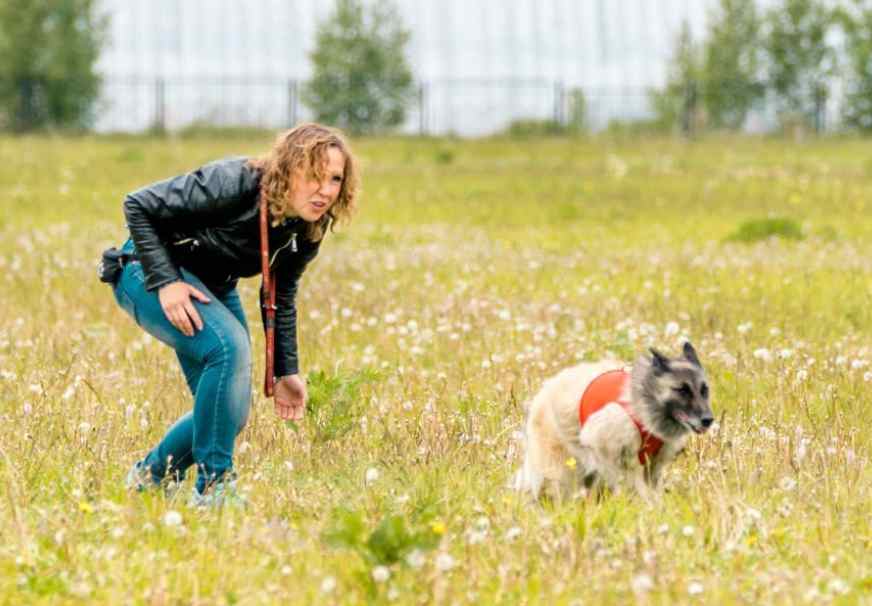
In North America, the premier organizations sponsoring lure coursing events are the American Kennel Club (AKC), American Sighthound Field Association (ASFA), and Canadian Kennel Club (CKC).
Depending on the hosting organization, dogs must be registered with the AKC, ASFA, or CKC to participate in sanctioned competitions.
Local lure coursing clubs affiliated with these national groups can be found through their websites. Local clubs licensed to host trials must follow their sanctioning body’s competition rules and regulations.
The AKC and ASFA have similar rules and formats for coursing events in the USA. The main difference is where earned titles and scores will be recorded with AKC or ASFA.
Dogs can compete in events held by the AKC and ASFA and earn separate titles through each organization. There are no restrictions against registering and actively coursing with multiple significant clubs.
So, top coursing dogs in North America will often pursue titles through the AKC and ASFA to demonstrate their versatile coursing skills at the highest levels. Here are some suggested facts to include when attending a lure coursing event.
Attending Your First Lure Coursing Event: What to Bring
Attending a lure coursing event for the first time? Here are some tips for what to bring whether you’re going solo or getting your eager pup:
Without Your Dog:
- Lawn chair – Events can last 6+ hours, so bring a comfortable portable chair.
- Snacks/drinks – Pack food and water to stay energized during the day.
- Weather gear – Dress for the forecast. Courses are outdoors, so prepare for sun, rain, wind, etc.
- Binoculars (optional) – Get a close-up view of the action on distant parts of the 600-800-yard course.
With Your Dog:
- 6 ft leash & collar – Keep your dog under control at all times. Retractable leashes are not permitted.
- Portable shade – Give your dog refuge from the sun between runs.
- Dog food & collapsible bowl – Keep your pup correctly nourished and hydrated.
- Proof of vaccinations – May be required to participate or attend.
- Clean-up bags – Be prepared to pick up any doggie messes promptly.
- Dog jacket (optional) – Bring a jacket to keep your dog comfortable if the weather is poor or cool.
The key is being prepared to help you and your dog enjoy a fun, smooth first coursing experience! Let the thrill of the lure chase begin!
Get Your Dog Coursing-Ready: Proper Training is a Must
Should you enter your hound in a lure coursing trial without practice? Not. The AKC and ASFA require dogs to have experience before competing to prevent interference and injuries.
So, how can you get your dog trained for their coursing debut?
- Research local lure coursing clubs – Many organize training days and allow dogs to practice on their courses. This is ideal for initial exposure.
- Attend trials as a spectator – Connect with experienced owners and handlers who may offer training tips or mentoring.
- Look for practices after events – Clubs will sometimes open up courses for practice following a trial.
- Seek one-on-one training – Some knowledgeable owners offer private lessons to prep new dogs for competition.
Training that emphasizes chasing lures is imperative for dogs to be prepared for coursing. With practice building their experience, focus, and technique, they’ll be primed for an enthusiastically successful trial!
Getting Started in Lure Coursing with Your Dog
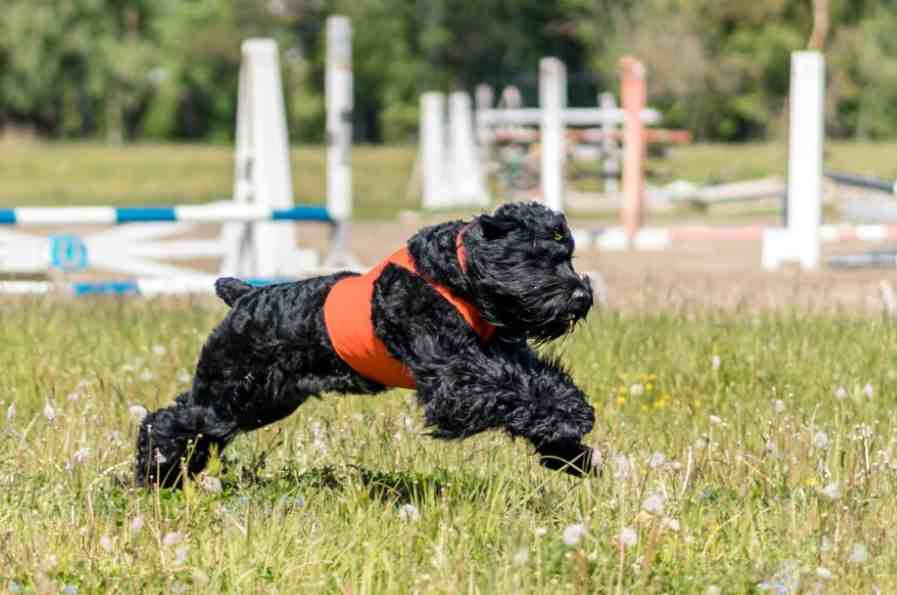
Are you eager to try to lure coursing with your active pup? Here are some key steps to begin:
- Get Training – Enroll your dog in practice courses first to build experience before competing. Proper technique and focus are essential.
- Register Your Dog – Sign them up with the sanctioning organization (AKC, ASFA, etc.) to make them eligible for trials.
- Attend Events – Spectate at a few trials to learn protocols and connect with other courses.
- Prepare Supplies – Obtain a slip lead, coursing blanket/jacket, and muzzle (if required). Or borrow from the club.
- Bring Documents – Have your dog’s registration info, vaccine records, etc., on hand at competitions.
- Mind the Rules – Review the trial rules and guidelines to understand proper etiquette fully.
- Have Fun! – Most importantly, let your dog enjoy the thrill of the chase and make positive memories together!
With training, preparation, and a spirit of fun, you and your energetic pup will be ready to dive into the exciting world of lure coursing. Let the races begin! Here are some tips for proper etiquette at lure coursing events.
Mind Your Manners: Lure Coursing Etiquette Tips
When attending lure coursing trials, be sure to follow proper etiquette and respectful behavior:
- Clean up after your dog promptly, even on large properties. Bring waste bags.
- Keep your dog on a short leash when not competing. Retractable leashes are prohibited.
- Park only in designated areas to avoid disruptions. Follow instructions from organizers.
- Avoid restricted areas beyond the competition grounds.
- Control excessive barking or excitement from your dog. Move away from other competitors if needed.
- Never interfere with other dogs or handlers during runs. Remain quiet and avoid distractions.
- Be polite to officials, competitors, event staff, and property owners.
- Respect that people have invested significant time and money to participate.
Following the protocol and minding your manners will ensure you and your pup are welcome back at future lure coursing trials!
Here are some factors to consider regarding bringing children to lure coursing events.
Lure Coursing Events Are Best Suited for Adults
Are lure coursing trials appropriate places for young children to attend? In most cases, the answer is no. Here are some factors to consider:
- Duration – Events often last 6-8 hours or longer. This can be difficult for young kids to sit through.
- Supervision – There is no childcare provided. Children must be closely supervised by parents/guardians at all times.
- Etiquette – Kids may have trouble adhering to the proper coursing etiquette for long periods. Disruptions must be avoided.
- Safety – Large, excitable dogs are present. A child could get knocked over or nipped accidentally in the commotion.
- Boredom – There is a lot of downtime between runs. Limited activities for kids may lead to boredom and misbehavior.
- Explicit rules – Some events expressly prohibit young children for these reasons. Always check the guidelines first.
For these factors, lure coursing trials are best suited for mature teenagers and adults who enjoy the sport properly. Securing a babysitter is recommended for parents who want to participate.
Here are some extra facts about lure coursing trials’ duration and weather conditions.
Expect Full Days and All Weather at Lure Coursing Trials
How long do lure coursing events and trials last?
- Trials typically run 4-8 hours, depending on the number of competing dogs.
- Significant events with many entrants can last closer to 8-10 hours or longer if daylight permits.
- Arrive early and expect to stay for the entire duration of runs.
What weather conditions are encountered?
- Trials happen rain or shine. Only extreme weather prompts cancelations.
- Events take place in all seasons – winter snow, summer heat, rain, etc.
- Prepare yourself and your dog for the expected elements. Bring adequate food, water, shade, jackets, towels, etc.
- Monitor weather reports leading up to the event in case of postponement.
With extended hours and unpredictable weather, lure coursing is an all-day endurance sport for dogs and their handlers! Come prepared to enjoy a full day outdoors pursuing the lure.
Below, you can find about handler responsibilities and health considerations in lure coursing.
Handling Your Dog and Prioritizing Safety at Lure Coursing Events
What are the key handler responsibilities at lure coursing trials?
- Preventing false starts – Hold your excited dog until the lure is released to avoid disqualification.
- Successfully recalling your dog – Dogs must return promptly when the run ends. Practice this skill.
- Following etiquette protocols – Abide by all rules and courtesy guidelines the club sets.
What health concerns should be considered?
- Muscle strains – Sprinting at high speeds can lead to pulled muscles if conditioning is inadequate.
- Joint issues – Hard cuts and pivots put a strain on joints. Dogs prone to arthritis are at higher risk.
- Toenail injuries – Long nails are more apt to tear. Keep them neatly trimmed.
- Dehydration – Provide ample water between runs. Overheating is a risk in summer events.
Consult your veterinarian if you have concerns about your dog’s fitness for coursing. Careful conditioning and preparation can help minimize injury risks. Safety first!
Read the below tips for training your dog for lure coursing.
Training Your Dog for Exciting Lure Coursing Fun
Lure coursing should be enjoyable for dogs to burn energy chasing their instinctive prey drive. Here are some training tips:
- Test interest – See if your dog chases and enjoys a flirt pole. This mimics lure coursing.
- Build endurance – Gradually condition your dog to run longer distances. Start slow and increase duration.
- Practice recall – Work on immediately responding to your recall command when distracted. Critical for competitions!
- Expose to lures – Attend trial practices to get your dog comfortable chasing plastic strip lures at high speed.
- Simulate course – Set up a mock course at home with turns using poles or cones. Reward your dog for following the lure path.
- Strengthen muscles – Walking, running, swimming, and playing on various surfaces will build muscle tone.
- Review rules – Go over competition rules and commands so your dog knows what to expect.
The focus should remain on having fun together! Proper training and conditioning will keep your dog happy and injury-free on the lure-coursing field.
Preventing Injuries for Safe Lure Coursing Fun
Lure coursing allows dogs to sprint at high speeds while making quick turns, which can put them at risk for specific injuries. Here are some tips to keep your dog safe:
- Conditioning – Gradually build your dog’s endurance and muscle strength through training. Please don’t overdo it.
- Vet checkup – Have your vet ensure your dog is physically fit for the sport before competing.
- Trim nails – Keep nails trimmed to avoid tears and other foot injuries.
- Protect dewclaws – Use bandages like Vetrap to support dewclaws prone to tearing.
- Warm up & cool down – Take time before and after runs to gradually warm muscles and gently cool down.
- Hydration – Provide ample water during the event to prevent overheating.
- Monitor diet – Don’t overfeed before or after a trial to avoid gastric issues like bloat.
- Massage – Gently massage muscles before and after to increase blood flow and prevent strains.
With proper conditioning, care, and preparation, you can help keep your dog safe while they have exhilarating lure-coursing fun!
Conclusion
Lure coursing can be a fun and rewarding activity for dogs when done correctly. It allows dogs to express their natural chasing instincts in a controlled setting. With the proper training, most dogs can learn to follow the lure and complete a course successfully. Owners should start slow with short distances and work up to complete courses.
Proper equipment is essential to keep dogs safe. Lure coursing provides dogs with an outlet for energy and mental stimulation. With patience and positive reinforcement, dogs can become skilled lure coursers. Overall, lure coursing is an enjoyable canine sport that allows dogs to showcase their abilities when given the proper training.

![How Long Does It Take For A Dog's Paw Pad To Heal? [Expert Advice] 6 How Long Does It Take For A Dog’s Paw Pad To Heal? [Expert Advice]](https://www.puppiesdiary.com/wp-content/uploads/2023/02/How-Long-Does-It-Take-For-A-Dogs-Paw-Pad-To-Heal-768x555.webp)
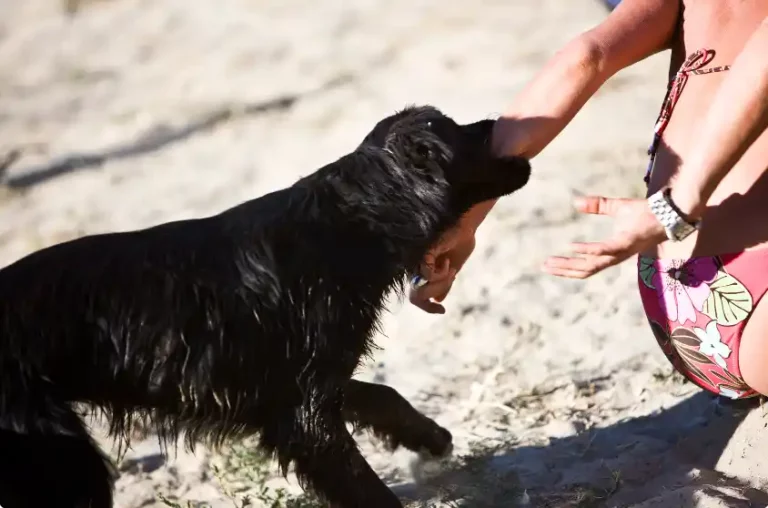
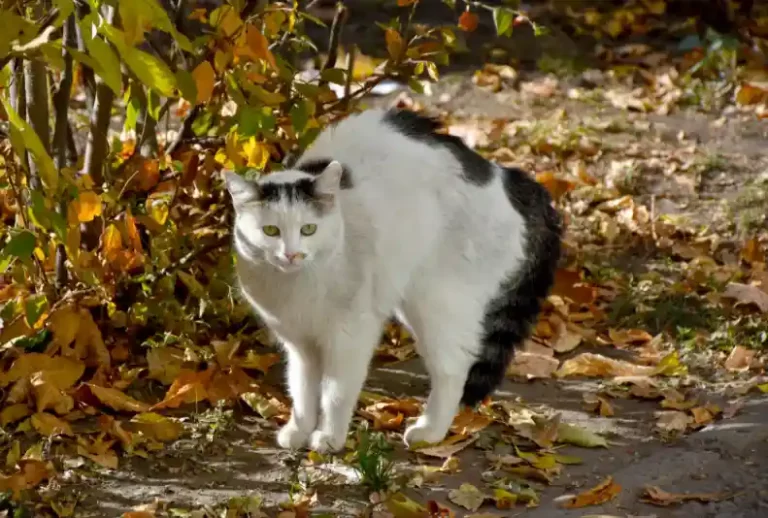
![Can You Wash Your Pet With Laundry Detergent [Read Vet advice] 9 Can You Wash Your Pet With Laundry Detergent [Read Vet advice]](https://www.puppiesdiary.com/wp-content/uploads/2023/01/Can-You-Wash-Your-Pet-With-Laundry-Detergent.webp)
![How Can I Treat My Dog's Dislocated Leg? [Best Vet Advice] 10 How Can I Treat My Dog’s Dislocated Leg? [Best Vet Advice]](https://www.puppiesdiary.com/wp-content/uploads/2023/03/How-Can-I-Treat-My-Dogs-Dislocated-Leg-768x487.webp)
